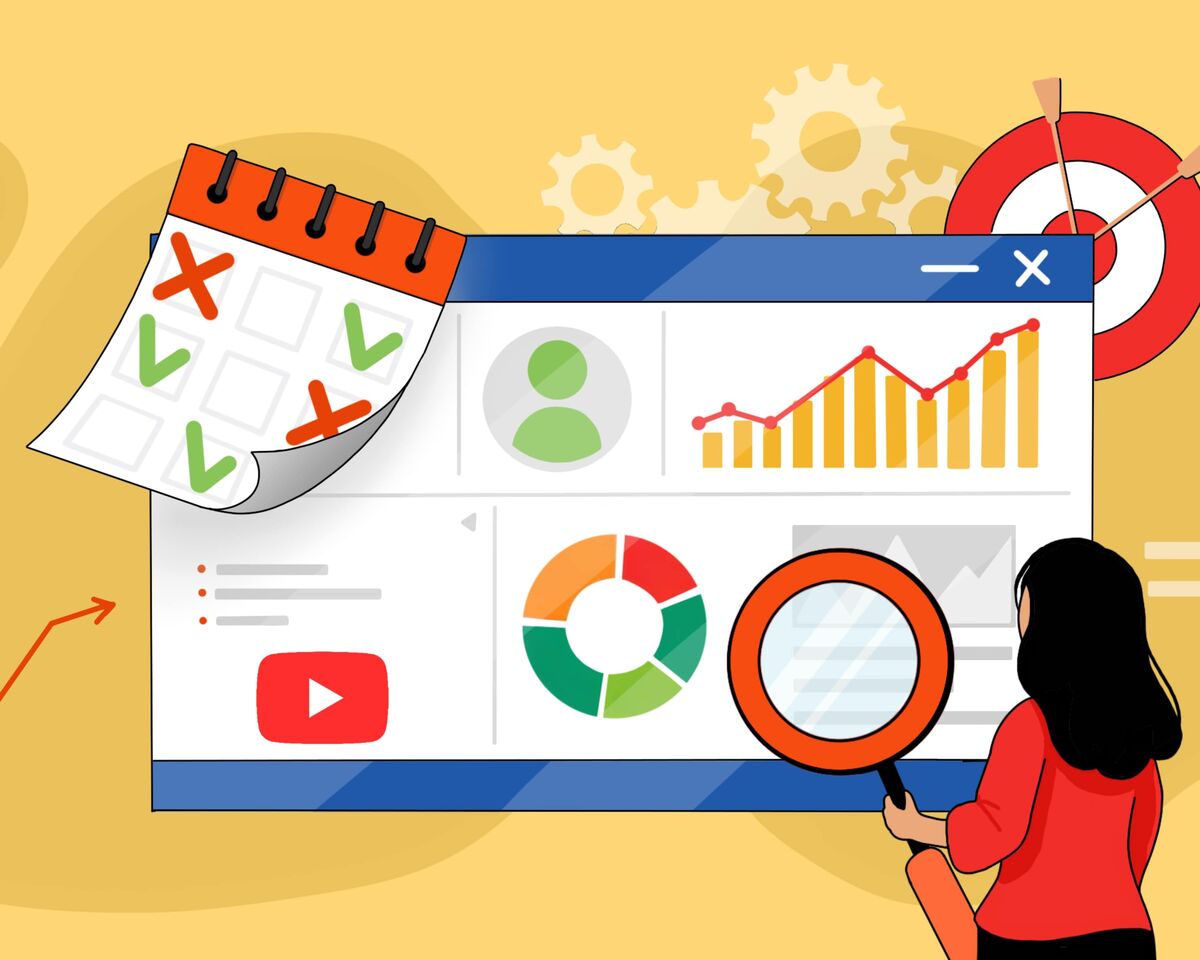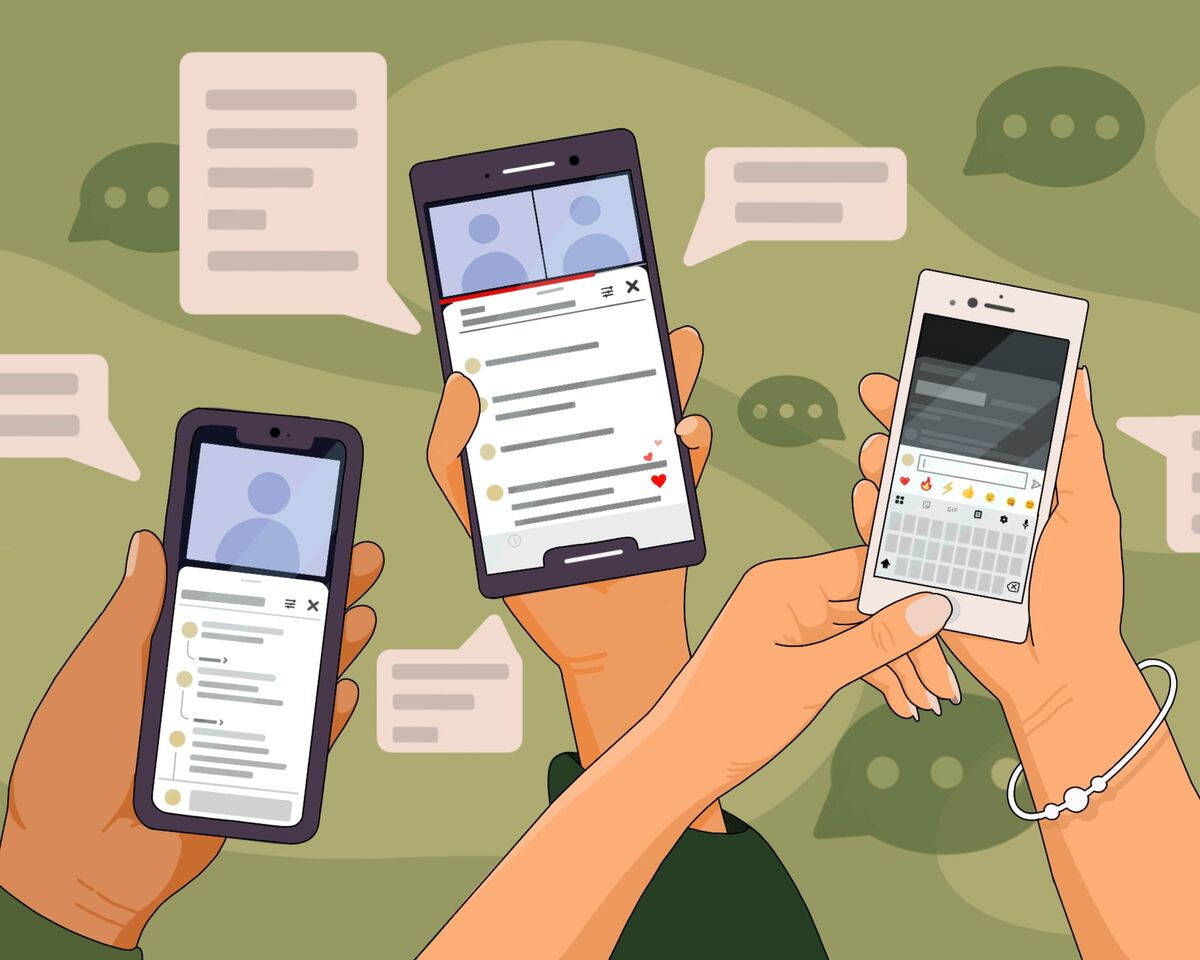How Knowing Your Target Audience Helps Improve the Channel

Most authors' constant problem is that they can't find their audience; they don't know who these people are or what they want. As a result, their videos receive few views, no one subscribes to their channel, and the authors quietly exit YouTube to cry into their pillows.
If you've been trying to figure out what's wrong with your channel for a long time, now is the time to do so. What do viewers desire? Where are the perspectives?
Why authors need a target audience
Let's be honest - there is no topic in the world that everyone will like. And if you think that some story is liked by everyone, then... it's just your perception!
Here are some examples: Marvel's "Avengers," legendary "Star Wars," the Harry Potter movie series - it seems that these stories have captured the hearts of billions. After all, we all know the iconic Tony Stark aka Iron Man, even the line from Darth Vader; "Luke, I am your father," which was not actually in the movie. Even the deadly curse from Harry Potter, "Avada Kedavra" may ring a bell. But just because it is known to everyone does not necessarily mean that everyone likes it. Ask your friends - there is probably at least one person who has not seen these legendary films, or watched them but didn't like it. Maybe you are that person?Just like in real life, there is no content on YouTube that can please everyone. Why? People have different opinions on what they enjoy. On the one hand, there is the viewer, a person with their own interests and tastes, and on the other hand, the creator of the content whose point of view does not necessarily coincide with the viewer's. So, here's the first answer to our question: perhaps what you are doing simply does not appeal to your target audience.Therefore, it is so important, especially for newcomers to YouTube, to determine as specifically as possible who your viewer is. What do they want? What will they watch?To answer this question more substantively, let's dive into some marketing terms.
"Targeting is an advertising mechanism that allows you to select only that portion of the existing audience that meets the specified criteria and show ads to it," Wikipedia explains.
And now let's imagine that in our case we are not talking about advertising, but about all content in general. Then it turns out that this very mechanism helps us segment the audience in such a way as to show each separate group only the content that interests them.
But what does targeting have to do with it? Any successful brand has its target audience, and it is successful precisely because it knows who it is making the product for.
Imagine that your product (content) must be aimed at specific people. Age, family and financial situation, interests, number of children, dogs and hamsters - all of this needs to be taken into account before mindlessly churning out videos.
Of course, YouTube's algorithms are a smart, modern mechanism, but even it needs help. If you don't optimize content for your target audience, and you don't give YouTube direction in the form of keywords and tags, it will get confused and start showing videos randomly.
Today's YouTube is more of a search engine than a social platform, because its goal is to provide the viewer with what they are looking for.
How to define your audience?
Step 1: Analyze yourself. What interests you personally, what topics excite you? By studying yourself, you will understand what like-minded community you are looking for.
Step 2: Once you have understood your own interests and determined the theme of your channel, find out which community you are targeting. By studying your competitors, you will understand what kind of people are in your niche, what they are interested in, how they communicate, and how open or closed the community is. Visit a few groups on other social networks, read posts and discussions.
Step 3: Once you understand which community you are targeting, you need to create a character, or an imaginary viewer, with their interests and daily routine. Then it will be easier for you to understand what to talk about and how. This is called an audience portrait.
Step 4: Think about what problems your characters may have or may encounter, what questions they may be looking for answers to, and most importantly, how you can help them. Then it will be easier to understand what topics your potential viewers are waiting for in your videos.
YouTube analytics helps us understand what we're doing wrong
That's great, if you can not paint a picture of your audience and figure out what topics they are interested in. Your channel may gradually grow in terms of views and subscribers, but not as quickly as you would like.
When you notice that you are slowing down and reaching a plateau, it is time for analysis. Analyzing your content will not work as well for completely new channels as it will for those who have been on the platform for a reasonable amount of time. Unfortunately, "green" channels do not have enough analytical data. The first indicators should appear within a month.
What analytical indicators will assist in determining what is wrong with the videos?
Audience engagement
If your video's retention rate is very low, it means that the video was not effective and not interesting for the viewer. And if most of your videos have such metrics, then you are definitely doing something wrong. Evaluate what is currently in trend, what kinds of videos are being released by other vloggers, and what topics have a greater response in your niche. Or, if you take really interesting topics but the retention rate is still low, look towards your script writing skills. Perhaps they are just boring, or you are not charismatic enough.
A common mistake vloggers make that kills retention is saying the same thing in the beginning of the video as what is written in its title. The viewer already understands what video they are watching. They don't want to waste time being told the same material. So, start your video with useful and engaging information on the topic. Dive straight into the main points of your video.
Comments section
We often forget about the simplest analytics tool: the number of comments. If you already have some audience, even a couple of hundred subscribers, comments should appear. If subscribers are not active, then you are not motivating them to communicate with you.
Do not forget that in the video, you need to ask viewers to subscribe and also to leave comments. Ask interesting questions that require detailed answers. Think in advance about how to ask a question so that the answer is not closed: yes or no. The subscriber should think along with you: "And how would you do it?" or share their own story and experience.
Subscriptions
The "Subscriber viewing time" analytics metric provides information on how many viewers are watching your content without subscribing to your channel. If you notice that you have a high number of non-subscriber viewers, it's worth considering why they haven't subscribed.
There could be various reasons for this, such as lack of call to actions for subscriptions, one-time content, unappealing topics, and more.
How to help your channel and develop it
Lack of understanding who your viewers are and what they want is the most common problem. Out of 100% of creators who contact us with questions, 90% do not understand who they are making their videos for. And those who do understand often have only a superficial idea.
It can also happen that your channel has reached a plateau. Yes, subscribers seem to have been added, and yes, the views are more or less the same, but you want to keep progressing, right? Most likely, you have lost your grip on the audience. They interact less with your videos and do not engage as much.
Be unique. The competitive environment on YouTube allows viewers to select higher-quality content, forcing content creators to compete for material. That's fine; otherwise, we'd still be watching videos in 2007 format.
The uniqueness allows vloggers to delight their audience while spending very little money to create high-quality videos. It's not a bad thing if you believe you have no uniqueness. You have the option of starting from scratch.
Return to the section "How to Determine Your Audience?" for step-by-step instructions. Use it on yourself. Consider the following: what I like, what I am passionate about, what my loved ones and friends value in me, what I do most eagerly, and which is best.
When you start analyzing yourself and working with your own portrait, you will realize how much there is to love about you.
Your attitude toward yourself, no matter how ridiculous it may sound, influences the audience's opinion of you. It's good to be able to make fun of yourself but humiliating remarks about yourself is not acceptable. Excessive shyness and self-criticism create an uncomfortable environment, and will open you up to haters and trolls.
We live in the real world, and just because the creators have YouTube channels doesn't mean they like themselves in the frame. However, your attitude toward yourself determines the attitude of your audience toward you, so try to leave excessive shyness and self-criticism at the platform's front door.
There may be viewers inactive because you are speaking to the camera rather than to them. Speaking to the camera is only half the job.
Ask your family or friends to watch your new videos and provide you with their sincere feedback.
At least in the initial stages. Then in your mind you will consider your presentation as important, which means it will be important to make the video so that they enjoy it and find it fun. In this way, we artificially increase the significance of our content for ourselves.
If you are afraid to speak to the camera, try one simple exercise: before you sit down to say something, get rid of any extra energy. You can do this with the help of a simple scream, a jump, or anything that actively knocks out unnecessary thoughts and feelings. Such discharge relieves stress and arousal; there will be only positive energy and the desire to share something with your audience.
Energy and emotion are what motivate viewers to watch your videos as they come to YouTube to recharge from us, the uploaders.
If you think that all of these techniques exist only for channels with the creator on screen, then you are mistaken: Faceless channels have in their arsenal such weapons as voice and intonation, humor, and plot. For channels in which, there is no host or a robotic voice is used, there is still a personality, its features, tastes, and preferences, as well as the manner of editing the material.
Finding your target audience may take time but it will be extremely worth it. It will provide you direction and clarity that will help you succeed.
It will take some time to experiment and see the results of your actions. Keep in mind that YouTube is a giant ship, so any changes you make will take time to take effect.
However, do not despair. You should try, because without effort, there can be no result.




